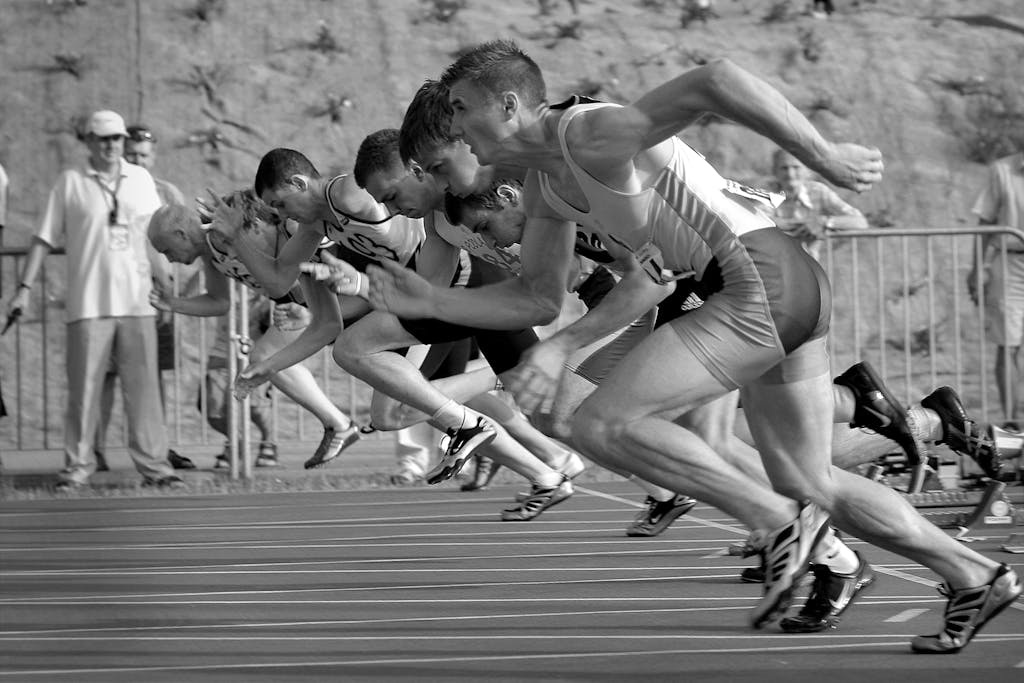How to Become a Documentary Photographer
If you’re like me, you’ve always been fascinated by the power of documentary photography. The way a single photograph can capture the raw emotion of a moment, tell a gripping story, and inspire change is truly remarkable. Growing up, I found myself drawn to the works of renowned documentary photographers who fearlessly ventured into the heart of society, capturing the beauty and struggle of everyday life. Their images ignited a fire, compelling me to explore the world through a different lens.
Documentary photography is not just about taking pictures; it’s about capturing the essence of humanity, exposing truths, and evoking empathy. It’s a form of storytelling that requires a deep connection with subjects, an understanding of the world’s complexities, and the ability to communicate powerful narratives through visual imagery. As a documentary photographer, you can shine a light on untold stories, challenge societal norms, and provoke meaningful dialogue.
I will guide you through the essential steps to becoming a documentary photographer in this article. From mastering the technical aspects of photography to cultivating your unique perspective, I will provide you with the knowledge and tools you need to embark on this transformative journey. So, let’s dive in and unlock the world of documentary photography together.
Key Takeaways:
- Documentary photography is a powerful medium that captures real life, tells stories, and sheds light on important issues.
- Becoming a documentary photographer requires a deep connection with subjects, an understanding of the world, and the ability to tell meaningful narratives through visuals.
- Mastering the technical aspects of photography and developing a unique perspective is crucial for success in this field.
- A strong portfolio, networking, and continuous learning are essential for building a career as a documentary photographer.
- Through your photographs, you can make a difference and inspire change.
Entering the Documentary Photography Industry
To enter the documentary photography industry, it is important to understand what it takes to be a visual storyteller. Documentary photographers must have a keen eye for details and the ability to capture authentic moments that tell a story. They should also have a deep understanding of the subject matter and the ability to connect with the real-life stories they document. Key aspects of real-life story engagement include empathy, sensitivity, and the ability to gain the trust of the photographed subjects.
What It Takes to Be a Visual Storyteller
To be a successful visual storyteller in the documentary photography industry, it requires a combination of technical skills, creativity, and a deep passion for storytelling. Here are some key qualities that are essential for aspiring documentary photographers:
- A keen eye for details: Documentary photographers must have a sharp observation and the ability to capture even the smallest details that contribute to the narrative.
- Storytelling abilities: A visual storyteller should have the skill to convey emotions, evoke empathy, and tell a compelling story through their photographs.
- Subject knowledge: A deep understanding of the subject matter is crucial to represent real-life stories and capture their essence accurately.
- Technical proficiency: Good command over camera equipment, exposure, composition, and lighting techniques is vital for capturing high-quality and impactful images.
- Adaptability: Documentary photographers often work in challenging and unpredictable environments. Being adaptable allows them to deal with various situations and capture the essence of the story.
Key Aspects of Real-Life Story Engagement
Real-life story engagement is the heart of documentary photography. It involves connecting with the subjects and creating a safe space for them to share their stories. Here are some key aspects of real-life story engagement:
- Empathy: A documentary photographer should approach their subjects with empathy, understanding their experiences and treating them respectfully.
- Sensitivity: Being sensitive to the subjects’ emotions and experiences helps create a comfortable environment and allows for authentic storytelling.
- Trust: Building trust with the subjects is crucial for them to open up and share their stories. It requires open communication, transparency, and maintaining confidentiality.
- Respect: Respecting the subjects’ boundaries and cultural sensitivities ensures that their stories are represented ethically.
- Inclusion and representation: It is important to ensure that diverse voices and perspectives are included and represented in documentary photography, promoting inclusivity and equality.

| Aspect | Description |
|---|---|
| A keen eye for details | A sharp observation and the ability to capture even the smallest details that contribute to the narrative. |
| Storytelling abilities | The skill to convey emotions, evoke empathy and tell a compelling story through photographs. |
| Subject knowledge | Deep understanding of the subject matter to accurately represent real-life stories. |
| Technical proficiency | Good command of camera equipment, exposure, composition, and lighting techniques. |
| Adaptability | The ability to work in challenging and unpredictable environments. |
Understanding the Fundamentals of Photography
Before pursuing a career in documentary photography, having a strong foundation in photography fundamentals is important. A thorough understanding of camera equipment, exposure, composition, lighting, and post-processing techniques is essential to develop your photography skills and technical proficiency.
Camera equipment: Familiarize yourself with different types of cameras, lenses, and accessories. Understand their functionalities and capabilities to choose the right equipment for various photographic situations.
Exposure: Master the concept of exposure, which involves controlling the amount of light that enters the camera to capture well-exposed images. Learn about aperture, shutter speed, and ISO settings to achieve the desired exposure.
Composition: Learn the principles of composition, such as the rule of thirds, leading lines, and framing, to create visually appealing and balanced photographs. Experiment with different perspectives and angles to add depth and interest to your images.
Lighting: Develop an understanding of lighting techniques and how they affect the mood and atmosphere of your photographs. Learn to use natural light, as well as artificial lighting equipment, to create different lighting effects.
Post-processing techniques: Acquire knowledge of post-processing software, such as Adobe Photoshop or Lightroom, to enhance and refine your images. Learn how to adjust exposure, colour, and contrast, as well as how to apply various artistic effects if desired.
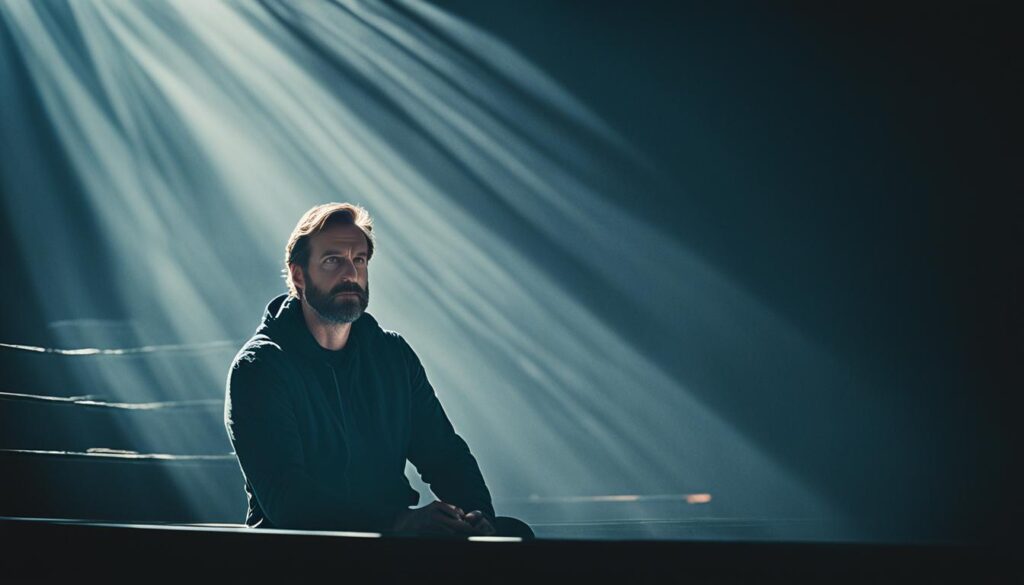
Focusing on photography fundamentals gives you the technical skills to capture and tell stories effectively through your photographs. These essential skills form the foundation for building your journey as a documentary photographer.
Examining the Works of Renowned Documentary Photographers
One of the best ways to improve your skills as a documentary photographer is to examine the works of renowned photographers in the field. By studying their portfolios, analyzing their techniques, and understanding their approach to storytelling, you can gain valuable insights that will help you develop your unique perspective and style.
Learning from Established Masters
Renowned documentary photographers have spent years honing their craft and mastering the art of visual storytelling. You can learn from their experiences, techniques, and creative choices by studying their work. Pay attention to how they capture emotions, compose images, and use light to convey the story. Understand the narrative structures they employ and how they engage with their subjects. Take notes, ask questions, and try to apply these lessons to your photographic journey.
Developing a Unique Perspective
While learning from established masters is crucial, developing your unique perspective is equally important. Use their work as inspiration, but don’t simply imitate their style. Find your voice and vision. Experiment with different techniques, explore various genres and push the boundaries of documentary photography. Develop a deep understanding of the subjects that interest you and find innovative ways to tell their stories. Combining your influences with your perspective can create meaningful and compelling photographs that stand out.
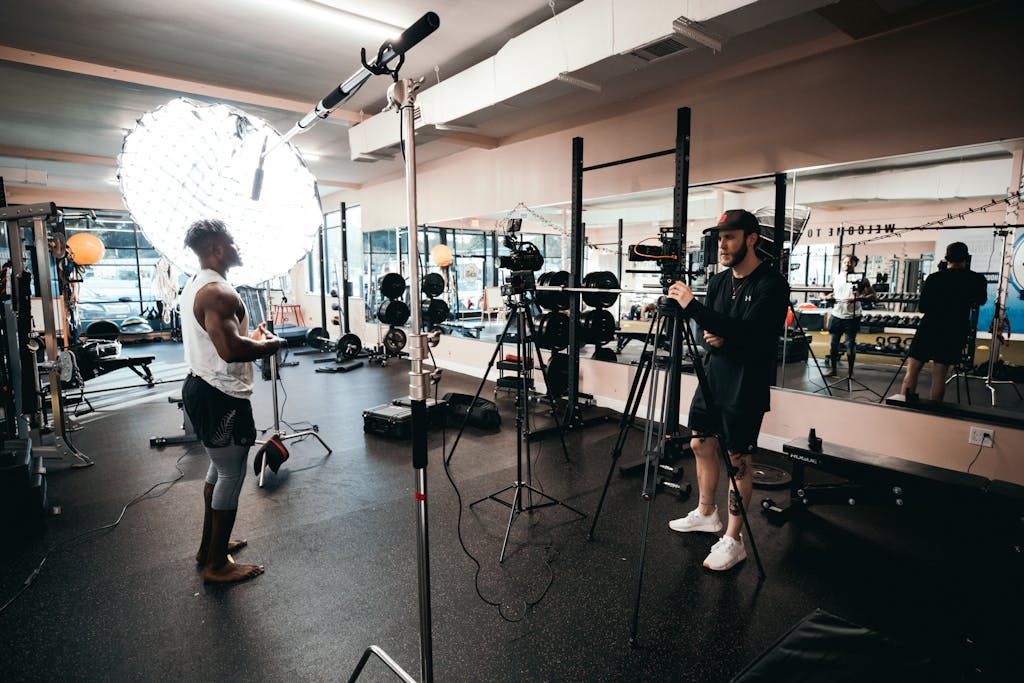
Cultivating Your Photographic Narrative
In documentary photography, cultivating a strong photographic narrative is essential. I am passionate about telling stories through my photography and believe that it is a powerful medium to bring attention to social, cultural, or political issues that matter. I can showcase my expertise and passion for creating impactful visual stories by developing a coherent and compelling narrative.
“A photograph is worth a thousand words,” they say. This is especially true in documentary photography, where each image has the power to convey a story, evoke emotions, and ignite conversations. By crafting a clear and engaging narrative through my photographs, I aim to captivate viewers and inspire them to reflect on the world around us.
I identify the stories that resonate most with me to cultivate a strong photographic narrative. I believe it is important to be genuinely passionate about the subjects I photograph, as this passion translates into compelling visuals. By immersing myself in the stories that matter to me, I can capture authentic moments and create a connection between the viewer and the subject matter.
Storytelling is at the core of my approach to documentary photography. I strive to create a visual narrative that unfolds through a series of photographs, capturing not just individual moments but a larger story. By carefully curating and sequencing my images, I can guide viewers through a journey and give them a deeper understanding of the subject.
As I develop my photographic narrative, I pay attention to each image’s composition, lighting, and mood. These elements contribute to the overall storytelling and help evoke the desired emotions in the viewer. I explore different techniques, angles, and perspectives to bring a unique and engaging visual language to my narrative.
Ultimately, cultivating a strong photographic narrative aims to create a body of work that resonates with viewers and leaves a lasting impact. Through storytelling and narrative development, I hope to contribute to the larger discourse surrounding social, cultural, and political issues and inspire positive change through my photography.
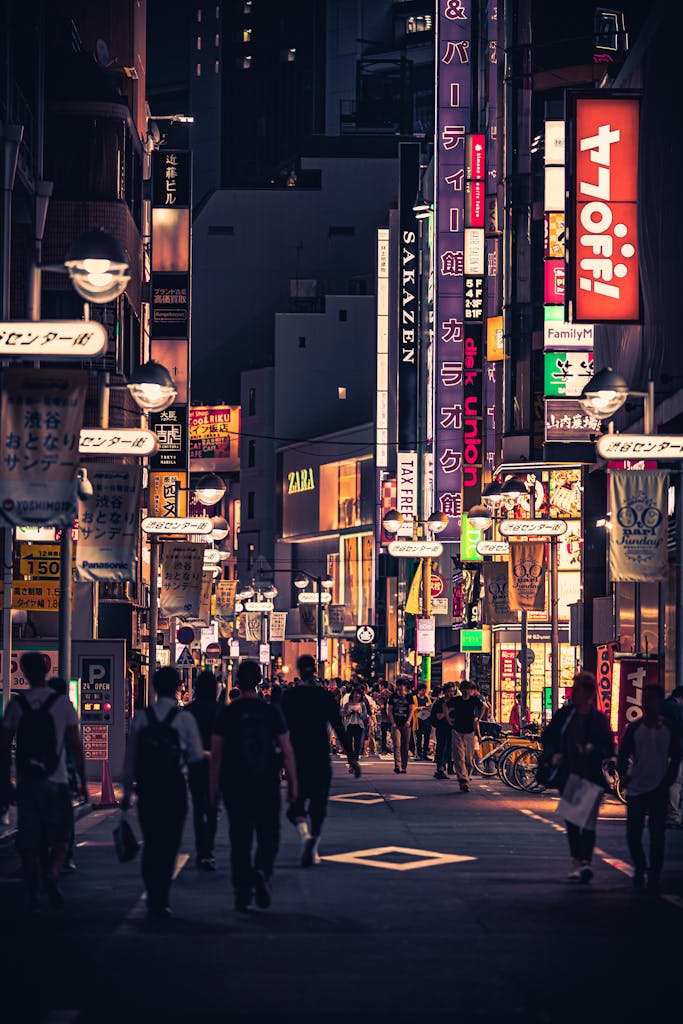
How to Become a Documentary Photographer by Building Your Portfolio
Building a strong portfolio is crucial for aspiring documentary photographers. Through your portfolio, you can showcase your skill, storytelling abilities, and unique perspective to potential clients, agencies, and galleries. A well-curated body of work demonstrates your creative vision and technical proficiency and captures the attention and interest of those who view it.
Curating a Body of Work that Showcases Your Skill
Select your best documentary photographs that exemplify your skills and expertise when curating your portfolio. Choose images that tell a compelling story, evoke emotions, and capture the essence of the subjects and the moments you have documented. Each photograph should contribute to the narrative you want to convey, showcasing your ability to engage viewers and leave a lasting impact.
Remember, your portfolio is an opportunity to display the visual stories you are most passionate about and want to share with the world. It should reflect your authentic voice, vision, and personal connection to the subjects you photograph.
Consider the following tips when curating your body of work:
- Focus on quality over quantity. Select a few of your strongest images to create a cohesive and impactful collection.
- Showcase versatility by including photographs covering various subjects, settings, and moods. This demonstrates your ability to adapt to different situations and capture moments in various lighting conditions or environments.
- Pay attention to composition, lighting, and storytelling techniques in each photograph. Aim for a balance between technical proficiency and artistic expression, ensuring that each image contributes to the narrative.
- Regularly update and refine your portfolio to reflect your growth and evolution as a documentary photographer.
Ensuring Versatility and Technical Proficiency
As a documentary photographer, you must demonstrate versatility and technical proficiency in your portfolio. This showcases your ability to capture captivating moments across different genres, subjects, and contexts. Clients and agencies often seek photographers who can effectively handle various assignments in challenging lighting conditions, fast-paced environments, or culturally sensitive situations.
To ensure versatility and technical proficiency within your portfolio:
- Experiment with different photography techniques and genres. This allows you to expand your skills and showcase your adaptability.
- Show diversity in the subjects you photograph. Whether it’s portraits, landscapes, or street photography, your ability to navigate different genres helps highlight your versatility as a photographer.
- Continually improve your technical skills, such as mastering exposure, composition, and post-processing techniques. This will enhance the overall quality and impact of your photographs.
- Seek constructive feedback from fellow photographers, mentors, and industry professionals. Embrace opportunities for growth and learning, which will further develop your technical proficiency.
By curating a body of work that showcases your skill, storytelling abilities, versatility, and technical proficiency, your portfolio becomes a visual testament to your capabilities as a documentary photographer. It is a powerful tool to capture the attention of potential clients, agencies, and galleries and opens doors to career opportunities and collaborations.
The Significance of Networking for Photographers
In the documentary photography industry, networking is essential. Building connections and establishing relationships within the photography community can open new opportunities and collaborations. By actively engaging in networking activities, photographers can expand their professional circles, gain exposure, and stay up-to-date with industry trends.
Why Community Engagement Matters
Engaging with the photography community is crucial for photographers looking to grow their careers. Photographers can connect with like-minded individuals by attending industry events, workshops, and exhibitions, including fellow photographers, industry professionals, and potential clients. These interactions provide a platform for sharing knowledge, experiences, and insights, fostering a supportive community of peers.
Furthermore, community engagement allows photographers to showcase their work, receive feedback, and gain inspiration. It also enables them to establish their presence and reputation within the industry, increasing their visibility and credibility as documentary photographers.
Expanding Opportunities through Collaboration
Collaboration is an integral part of documentary photography. By collaborating with other creatives, such as writers, journalists, or filmmakers, photographers can combine their skills and perspectives to create powerful visual storytelling projects. Working together allows for exploring different mediums and approaches, resulting in more diverse and impactful narratives.
Collaborations can also lead to new opportunities and exposure. By partnering with individuals from different fields, photographers can tap into new audiences and markets, reaching a wider range of viewers and potential clients. Collaborative projects often attract attention and generate interest, creating a platform for photographers to showcase their work to a larger audience.
Overall, networking and community engagement play a crucial role in the success of photographers in the documentary photography industry. By actively participating in the photography community and embracing collaboration, photographers can expand their opportunities, gain support and inspiration, and establish a solid career foundation.
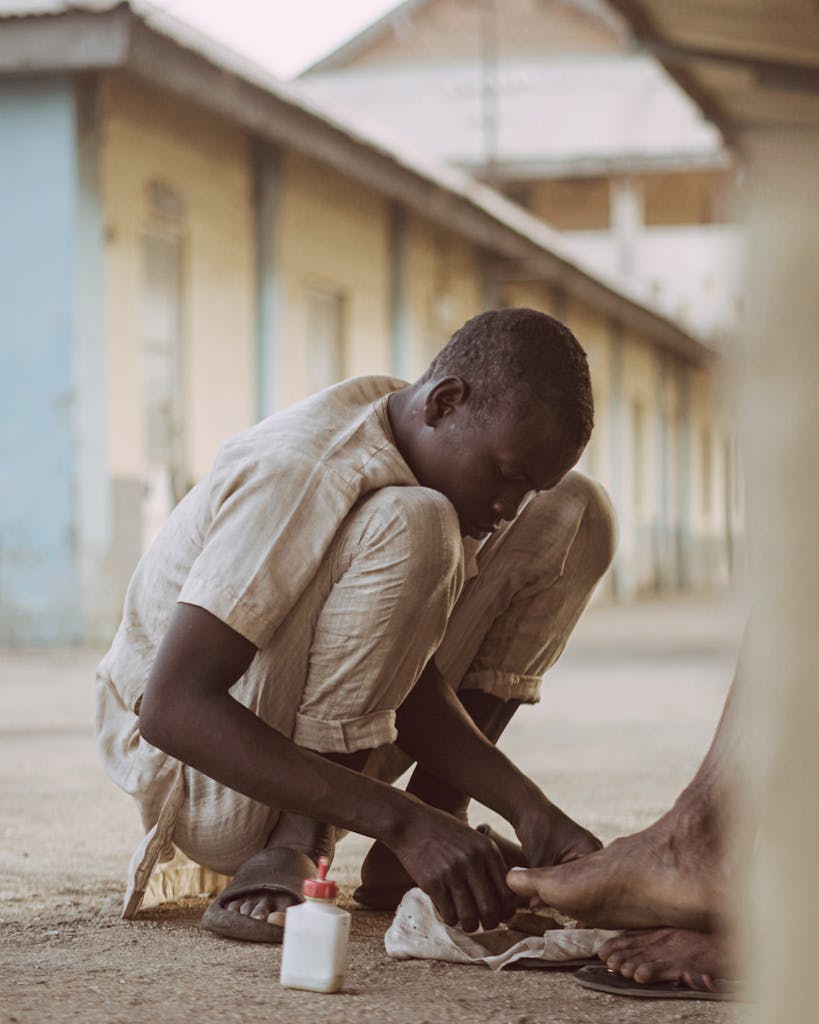
| Benefits of Networking for Photographers | Ways to Engage with the Photography Community |
|---|---|
|
|
Navigating Assignments and Funding in Documentary Photography
As a documentary photographer, I understand the importance of finding assignments and funding opportunities to support my work. In this section, I will provide insights on how to navigate these crucial aspects of documentary photography.
Finding Opportunities within NGOs and News Outlets
To secure assignments in the documentary photography field, exploring opportunities within NGOs and news outlets is essential. NGOs often work on various social and environmental issues, making them a valuable source for assignments that align with your interests. They may require visual content for their campaigns, publications, or websites, providing an avenue for collaboration.
Similarly, news outlets and publications frequently seek visual storytellers to document events and important societal issues. Building connections and pitching your documentary photography projects to these organizations can result in assignments that compensate you financially and allow you to impact your work positively.
Understanding the Role of Grants and Residencies
In addition to assignments, grants and residencies support documentary photography projects. Grants are monetary awards organizations, institutions, or foundations provide to fund photographers’ initiatives. They can cover equipment, travel, research, and production expenses. Research and apply for grants that specifically support documentary photography, as they are tailored to the needs of this genre.
Residencies offer photographers dedicated time and space to focus on their projects in a supportive environment. They can provide accommodation, studio space, facility access, and networking opportunities. Residencies allow photographers to immerse themselves in their subject matter, foster collaborations, and gain valuable exposure.
By actively seeking assignments from NGOs and news outlets and understanding the role of grants and residencies, documentary photographers can secure the necessary funding, exposure, and resources to pursue their projects. These opportunities enable photographers to further their careers and contribute to the powerful impact that documentary photography can have on society.
Maximising Your Presence on Digital Platforms
In today’s digital age, documentary photographers must maximise their presence on digital platforms. The online landscape offers many opportunities to showcase your work, engage with the photography community, and connect with potential clients or collaborators. To establish a strong online presence, consider the following strategies:
- Create a professional website or portfolio: A dedicated website or portfolio is essential for showcasing your work and highlighting your expertise as a documentary photographer. Ensure that your website is visually appealing, user-friendly, and provides easy access to your portfolio and contact information.
- Utilise social media platforms: Social media platforms such as Instagram, Facebook, and Twitter are powerful tools for sharing your photographs and reaching a wider audience. Regularly update your social media profiles with compelling visuals and captions that tell the story behind your work. Engage with the photography community by following and interacting with fellow photographers, industry influencers, and photography-related accounts.
- Actively participate in online photography communities and forums: Joining online photography communities and forums allows you to connect with like-minded individuals, gain visibility, and receive valuable feedback on your work. Engage in discussions, share your insights, and contribute to the community’s growth.
“Having a strong online presence not only showcases your work, but it also helps you build your personal brand and reach potential clients or collaborators.”
Remember, maintaining an active and consistent presence on digital platforms is key to establishing your reputation as a documentary photographer and expanding your network of contacts and opportunities.
Commitment to Lifelong Learning in Documentary Photography
As a documentary photographer, staying current and continuously developing your skills is vital for long-term success in the industry. Lifelong learning lets you stay updated with the latest trends, techniques, and industry developments, ensuring your work remains relevant and impactful.
Consider attending documentary photography courses, workshops, conferences, and masterclasses to enhance your knowledge and skills. These learning opportunities provide valuable insights, practical experiences, and networking opportunities with fellow professionals.
Additionally, embrace new technologies and tools that can enhance your storytelling abilities and help you adapt to the ever-changing landscape of photography. Experiment with different techniques, explore innovative equipment and leverage digital platforms to reach a wider audience.
By committing to lifelong learning and professional development, you can continually refine your craft, expand your creative horizons, and establish yourself as an accomplished documentary photographer.
Conclusion
Becoming a documentary photographer is a journey that requires passion and perseverance. Throughout this article, I have outlined the essential steps to embark on this fulfilling career path. By honing your photography skills, building a strong portfolio, networking, seeking opportunities, and committing to lifelong learning, you can make a difference through your photography and capture impactful real-life stories.
Documentary photography is not just about taking pictures; it’s about storytelling and shedding light on important social, cultural, and political issues. It requires a deep understanding and connection with the subject matter and gaining the trust of the individuals you are documenting. Your photographs can bring attention to the stories that matter and drive change.
As you embark on your journey as a documentary photographer, remember that success is not guaranteed overnight. It takes time, resilience, and continuous improvement. Embrace the challenges and setbacks as opportunities for growth. Stay dedicated, stay curious, and keep your passion alive. With every click of the shutter, you can create a lasting impact and contribute to the rich tapestry of documentary photography.
FAQ’S
Q: What is documentary photography?
A: Documentary photography is a genre of photography that captures real-life events, people, and places candidly and unobtrusively, aiming to tell a story or convey a message.
Q: How is documentary photography different from photojournalism?
A: While documentary photography and photojournalism involve capturing real-life moments, photojournalism is more focused on news events and current affairs, while documentary photography tends to be broader in scope and may cover a wider range of subjects.
Q: What are some recommended readings for someone interested in documentary photography?
A: Some recommended readings for documentary photography include books like “On Photography” by Susan Sontag and “The Americans” by Robert Frank.
Q: How can one become a professional documentary photographer?
A: To become a professional documentary photographer, one should focus on honing their photography skills, building a strong portfolio, networking with other professionals in the field, and seeking opportunities to showcase their work.
Q: What are some possible career paths in documentary photography?
A: Career options in documentary photography include working as a freelance photographer, contributing to publications, collaborating on documentaries or film projects, or teaching photography.
Q: Are there any specific programs or courses focusing on documentary photography?
A: There are programs and courses offered by institutions like the London College of Communication that specifically focus on documentary photography and related subjects.
Q: How does documentary photography contribute to social change?
A: Documentary photography can bring attention to social issues, shed light on marginalized communities, and inspire action, making it a powerful tool for advocating social change.







